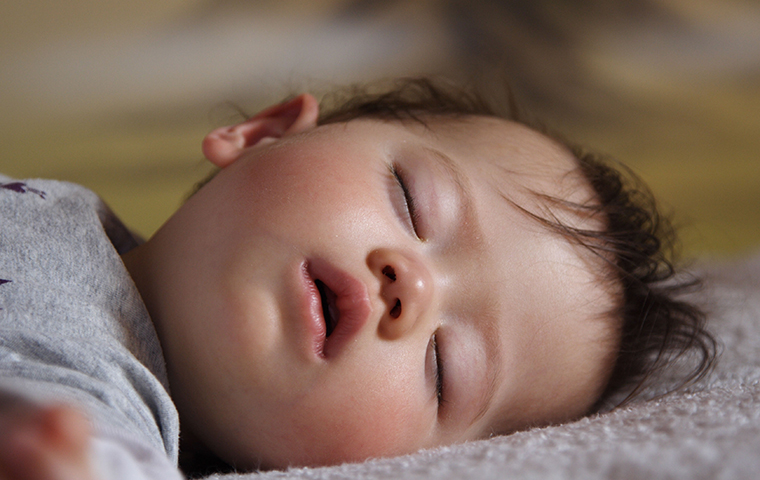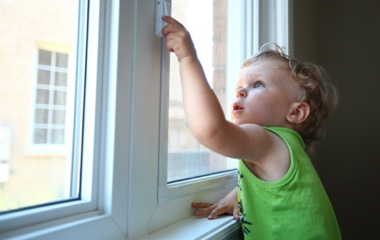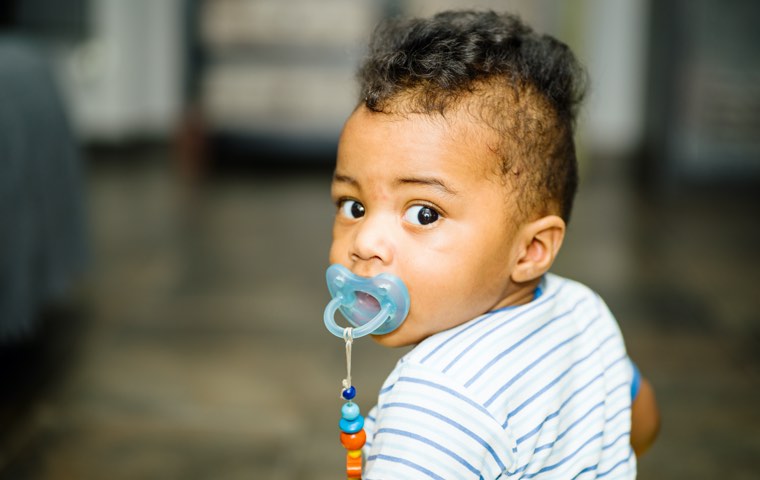If you have a new baby, or are expecting one soon, one of the most important issues you'll be dealing with is sleep. Babies sleep a lot, but not always when you wish they would. Feedings, diaper changes, and needing comfort can happen anytime, day or night, and whether it's your first little one or your fourth, every child is different. So, make the best of those blissful times when your baby is sleeping. Get rest for yourself when you can, and always give your baby room to breathe for safe sleep at bedtime and naptime.
The ABCs of safe sleep for babies are easy to learn and easy to do.
-
Babies should sleep Alone
Babies should sleep alone in a crib with no bumper pads, bedding, pillows, or toys, preferably in the same room as you. Share your room, not your bed.
-
On their Back
Babies should sleep on their back - not their side or their tummy.
-
In a Crib and Cool
A safe sleep surface is a crib with a firm mattress and a tight-fitting bottom sheet. Keep the room cool and dress your baby lightly, without a hat.
-
In a Smoke-Free environment
Secondhand smoke is bad for everyone, and that includes babies.
When you put your baby to bed with the ABCs, everyone gets more peaceful zzzs.
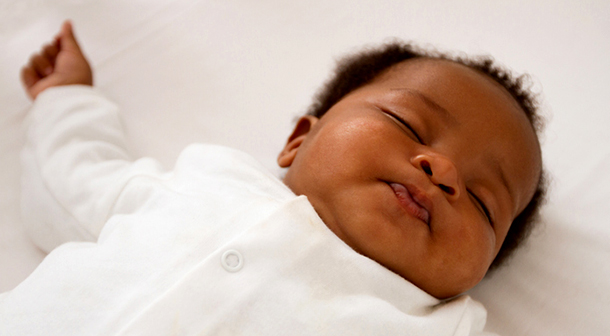
Risks to Babies While Sleeping
You may wonder why there is so much concern about safe sleep practices for babies. After all, babies have been sleeping in cribs for decades. What's changed is that we know a lot more about safe sleep and crib safety for the baby's first year. We'll get to that later in this article, but let's review what you should know about current risks for sleep-related infant death.
There are many things that can increase the risk of sleep-related infant death. Here are a few of the big ones:
- Mom smokes or uses drugs or alcohol before, during, or after pregnancy.
- Parents share their bed with their baby.
- The baby sleeps on his (or her) tummy rather than his back.
- The baby sleeps with soft bedding, blankets, or stuffed animals in the sleep area.
- The baby sleeps on an unsafe surface, such as an adult bed or a sofa, where he can be trapped between a mattress and the wall, or in pillows or sofa cushions.
- The baby's crib is near strangulation hazards such as window blind cords and mobiles.
- A baby older than newborn (birth to 8 weeks) is swaddled for sleep.
- The temperature of the room where the baby sleeps is warm.
- The baby is overdressed for sleep.
Parents who are in-the-know can reduce the risk of babies dying unexpectedly in their sleep by following the ABCs for safe sleep until their baby's first birthday. It's also important to take your baby to get regular medical checkups.
About 3,600 babies die suddenly and unexpectedly in their sleep each year in the United States. We can help change that by using safe sleep practices for babies.
Car safety seats, strollers, swings, infant carriers, and infant slings are not safe sleep surfaces for babies. Always move sleeping babies to a safe sleep surface.
A Few Words About "The Way We've Always Done It"
Family traditions - "the way we've always done it" - may be one reason parents resist making changes. Grandpa loves to see his little sweetheart tucked in with his favorite sports team blanket. Auntie might be upset to see you remove the hand-knit hat she made. Traditions are often a wonderful thing, but some of them may put your baby at risk. As a parent, you can educate yourself and help any of your baby's caregivers understand and follow the ABCs of safe sleep. You can take charge of your baby's safe sleep and crib safety by remembering these guidelines.
- Bed sharing with thick blankets may have been common when Grandma had infants, but you have current information that room sharing, not bed sharing, is the best safe sleep practice.
- Babies won't choke while sleeping on their back, because their airway anatomy and the gag reflex prevent that from happening. Back sleeping actually helps protect your baby.
Babies sleep safest alone on their back on a firm surface, such as a mattress in a crib with a tight-fitting bottom sheet, free of other bedding or toys, and in a cool and smoke-free environment.
Where Should Babies Sleep?
Improving Crib Safety
Let's discuss the nuts and bolts of a safe sleep surface for your baby. The recommendation for a safe sleep surface from John Hopkins Medicine is a crib, bassinet, portable crib, or play yard that conforms to the safety standards of the Consumer Product Safety Commission (CPSC).
Position the safe sleep bed in your bedroom, away from windows with drapery or blind cords and baby monitor cords.
Ensuring crib safety doesn't cost a lot. CPSC guidelines say "bare is best" when it comes to a safe sleep bed for your baby, reinforcing the ABCs. This means no bumper pad, bedding, pillows, or toys in bed with your baby. If your baby leaves an impression on the mattress, the surface is too soft. Do not use broken cribs, modified cribs, and cribs older than 10 years.
Here are other CPSC guidelines for safe sleep surfaces for babies:
- Properly assemble the crib by following the provided instructions.
- Make sure every part of the crib is installed correctly. If you are not sure, call the manufacturer for assistance.
- Ensure the mattress fits the crib, with no gaps larger than two fingers between the mattress and sides of the crib.
- Set up play yards properly, according to manufacturer directions.
- Use only the mattress pad provided with the play yard; do not add extra padding.
Be sure the crib, bassinet, portable crib, or play yard has not been recalled by checking the CPSC recall list.
Cribs for Kids provides free or reduced-cost cribs to low-income families, along with a fitted crib sheet embossed with the safe sleep message plus a wearable blanket, a pacifier, and safe sleep education materials, including the Safe Sleep for Your Baby DVD.
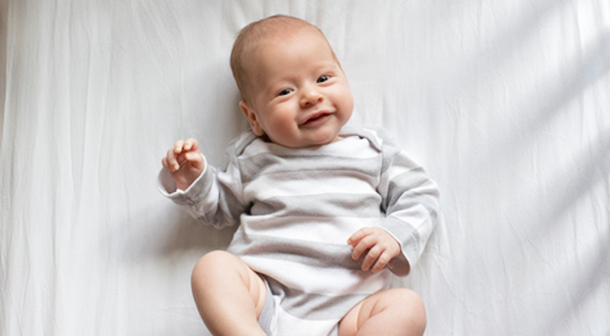
Share your room, not your bed.
Your baby sleeps a lot - approximately 16 hours a day, in intervals of 3 to 4 hours. Your baby will wake for feedings often. That schedule keeps you busy, so try to sleep when your baby sleeps, if you can.
Want to cuddle with baby and drift off to dreamland together? It's a natural desire, but one to resist when practicing safe sleep.
It may feel natural to sleep with your baby, and you may feel you are protecting your baby when you sleep together, but John Hopkins Medicine says that creates a greater risk for your baby.
- Bed sharing with your baby, also called co-sleeping, creates the dangers of entrapment, overheating, and suffocation.
- The soft and fluffy nature of modern beds and bedding does not align with safe sleep practices for babies.
- A sleepy adult may roll onto a baby.
- While you sleep, you cannot protect your baby from the risks introduced by co-sleeping.
Studies show that babies are safest when sleeping alone, on their back, in a crib in a cool and smoke-free room.


